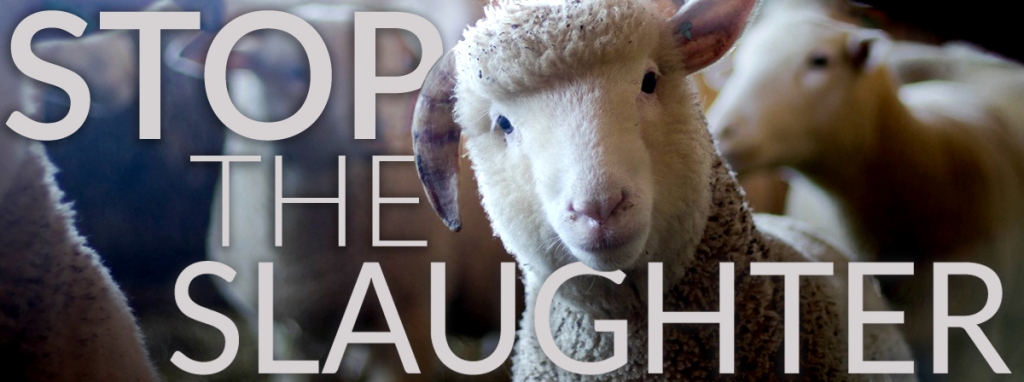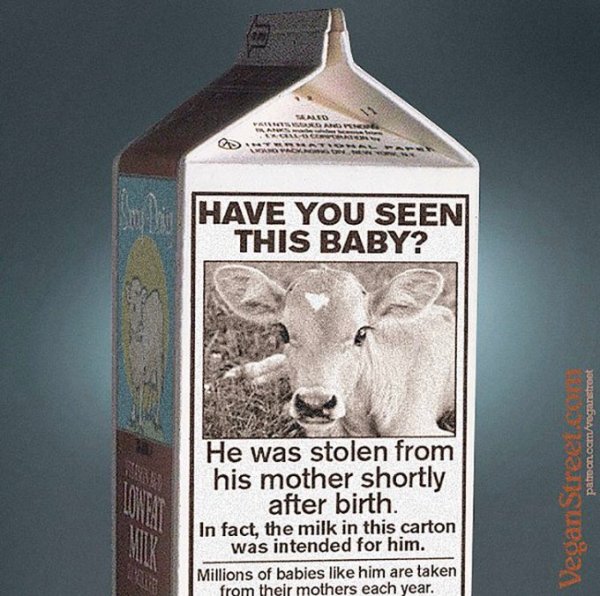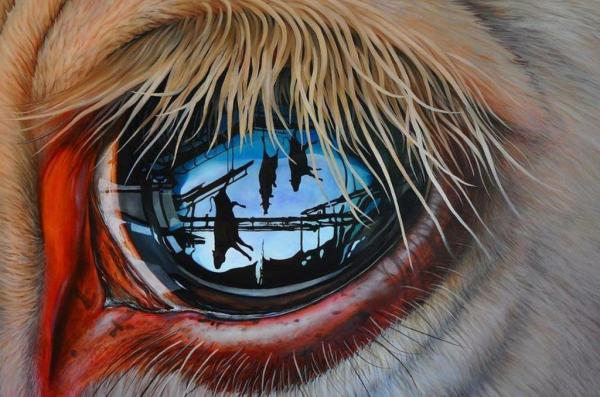Have a Heart for Animals

AIWS/Lex Kartane
Source: Claire Palmer, Director, Animal Justice Project
News release
Campaigners uncover cruel and futile animal experiments inside top London universities
Scores of campaigners and students (came) together on Friday 2 December to protest the use of animals in experiments at one of the UK’s leading universities – University College London (UCL). The university – ranked to be 7th in the world [1] – is the third largest user of animals in the UK and used over 202,000 animals there last year alone [2]. At the launch of its Campus without Cruelty campaign in the capital city, Animal Justice Project [3] has uncovered what it calls ‘scientifically-flawed, cruel and futile’ experiments carried out at London universities.
Participants will hold hundreds of paper hearts and ask UCL to ‘have a heart for animals’ inside their labs. As part of an ongoing probe into animal experiments on university campuses, Animal Justice Project sent Freedom of Information requests to 110 universities across Britain and uncovered that over half a million animals were experimented on in London universities last year alone. Making the capital a hotbed of animal research.
Some shocking examples include pigs at the Royal Veterinary College being given liver failure lasting over 19 hours [4] in a study on paracetamol, despite the fact that their side-effects are already well known. In the study, the animals died slowly and painfully whilst their major organs shut down. Dr. Andre Menache, Animal Justice Project Science Advisor, states: “Studies of this nature offer no predictive value for humans due to species differences between pigs and people”.

AIWS/Lex Kartane
In an experiment at UCL, gerbils were anesthetised and had electrodes inserted into their brains so researchers could record brain activity in response to different sounds [5]. No mention is made in the paper, published in The Journal of Neuroscience, as to how this experiment could benefit humans or non-human animals. Nor do researchers inform the reader that the animals were killed at the end of the study. At the same university, sixteen rabbits were used as ‘living test tubes’ – having had metal rods implanted into their leg bones to study titanium implants. The authors of the study concluded that rabbits be considered as the ‘gold standard’ to evaluate implantation [6]. Eleven macaques were hooked up to computers by electrodes in their limbs, and the animals were anesthetised for brain recordings [7]. Two of the monkeys were subsequently killed so that their brains could be studied. Again, the authors provide no information as to how this study could apply to humans. Ironically, the research received financial support from the UK National Centre for the Replacement, Refinement and Reduction of Animals in Research. At Kings College London (KCL) – the fifth largest user of animals in the country – a new experimental drug was tested on rats and marmoset monkeys for possible use in human patients [8]. Since neither rats nor monkeys suffer from Parkinson’s disease naturally, toxic brain chemicals were injected into the animals to produce symptoms that superficially resemble Parkinson’s disease. The authors stated that the new treatment was not very effective and caused disturbing side effects (eg vomiting). Menache states: “This study is an example to illustrate how a potentially useful treatment for humans is thrown away on the basis of misleading animal experiments”. In another study at KCL, marmoset monkeys were used to study Parkinson’s [10]. Toxic brain chemicals were injected into the animals to produce symptoms that superficially resemble the disease. The animals suffered muscle tremors, loss of vocalisations, and rigid and abnormal postures. Again, these primates do not suffer naturally from the condition, yet researchers nevertheless used them as an experimental ‘model’. Animal Justice Project has published a short report on why primates do not make good ‘models’ in human medicine research [9].

AIWS/Lex Kartane
Of the 2.08 million experiments conducted on animals last year (not including the 2.06 million experiments to produce or breed genetically altered animals who were not used in further experiments), 53 per cent (1.1 million experiments) were in the area of ‘basic research’ [11]. This curiosity-driven research does not need to produce a result. The large amount of curiosity-driven research being carried out at universities like those in London would explain why some animal researchers can achieve long careers by experimenting on animals without any clinical application that could somehow justify all the animal suffering and public money wasted.
According to the latest Government figures, animal experiments at universities account for just less than half of all animal experiments carried out in the UK [11]. Nationally, UCL, KCL and Imperial College London come in third, fifth and sixth, as the worst offenders – totaling almost 500,000 between them last year.
Animal Justice Project Spokesperson, Claire Palmer, states: “The Animal Justice Project event at UCL gives students (and campaigners) the ability to make their voices heard against the atrocities that are occurring to animals – day in, and day out – inside UCL and other London universities. Our Campus without Cruelty campaign aims to empower students to turn away from animal-based studies, and choose instead more progressive and humane methods. London prides itself in being a modern, innovative city, yet here we have, thousands of animal experiments dying each year in scientifically-flawed, cruel and futile research”.
Dr Andre Menache, Animal Justice Project Science Advisor, states: “What the London University studies have all of the above have in common is a culture of scientific curiosity that lacks compassion. Researchers routinely refer to the animals as ‘material’ and omit to mention the fact that the animals were killed at the end of the study. Some researchers refer to their animal subjects as ‘purpose bred’ for laboratory experiments, suggesting that they have no other purpose in life”.
Animal Justice Project, founded in 2014, is an international organisation based in the UK and the United States, working to raise awareness for the plight of animals in laboratories across the world.

AIWS/Lex Kartane
See more photos HERE
REFERENCES
[1] http://www.topuniversities.com/student-info/choosing-university/top-universities-london-ucl-or-imperial
[2] http://www.ucl.ac.uk/animal-research/facts-figures
[3] http://www.animaljusticeproject.com
[4] http://www.ncbi.nlm.nih.gov/pmc/articles/PMC4446266/pdf/pone.0128076.pdf
[5] http://www.ncbi.nlm.nih.gov/pmc/articles/PMC4315834/pdf/zns2058.pdf
[6] http://www.ncbi.nlm.nih.gov/pubmed/26864128
[7] http://www.ncbi.nlm.nih.gov/pmc/articles/PMC4137254/
[8] http://www.ncbi.nlm.nih.gov/pubmed/25160743
[9] http://animaljusticeproject.com/wp-content/uploads/2016/03/Sweden20Special20Report20.pdf
[10] http://www.ncbi.nlm.nih.gov/pubmed/24150990
[11] http://www.gov.uk/government/uploads/system/uploads/attachment_data/file/537708/scientific-procedures-living-animals-2015.pdf
Order a FREE vegan kit: http://www.peta.org/living/food/free-vegan-starter-kit/
Take PETA’s Cruelty-Free Shopping Guide along with you next time you head to the store! The handy guide will help you find humane products at a glance. Order a FREE copy HERE
Want to do more than go vegan? Help others to do so! Click on the below for nominal, or no, fees to vegan literature that you can use to convince others that veganism is the only compassionate route to being an animal friend.
PETA: http://www.petacatalog.com/catalog/Literature-39-1.html
Looking for merchandise? Action for Animals has a very good selection : http://store.afa-online.org/home.php?cat=284
Have questions? Click HERE
What do you see
What do you see when you look at me
The face of your genetic history
Do you see the intelligence, the soul,
The feelings
Of a primate that has suffered
From man’s cruel misdealings
Or do you see a thing
That belongs in a lab
Alive or dead
Lying on a cold slab
Your vision is determined
By your inner brain’s eye
My future depends
Please I do not want
To cry
Karen Lyons Kalmenson













































What do you see
What do you see when you look at me
The face of your genetic history
Do you see the intelligence, the soul,
The feelings
Of a primate that has suffered
From man’s cruel misdealings
Or do you see a thing
That belongs in a lab
Alive or dead
Lying on a cold slab
Your vision is determined
By your inner brain’s eye
My future depends
Please I do not want
To cry
LikeLiked by 1 person
Thank you for an excellent article exposing this horror that’s hidden from view.
LikeLiked by 2 people
Thank you, dearest Karen, this is perfect and so beautiful. Animalista, thank you for reading, the Animal Justice Project is an excellent organization exposing cruelty, torture, and murder.
LikeLiked by 1 person
You are very welcome and thank you. I hope that in my lifetime(I am in the mid 60s) we see a world where kindness prevails and cruelty is relegated to the dusty tomes of history.
LikeLike
Reblogged this on "OUR WORLD".
LikeLike